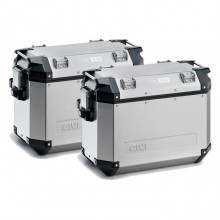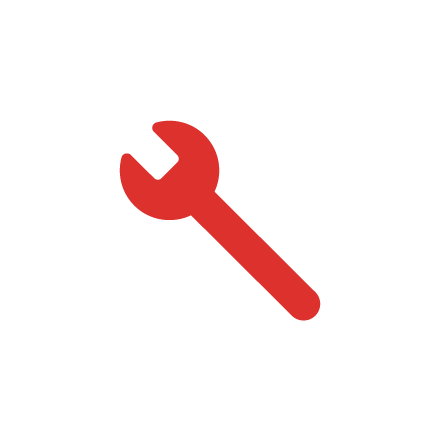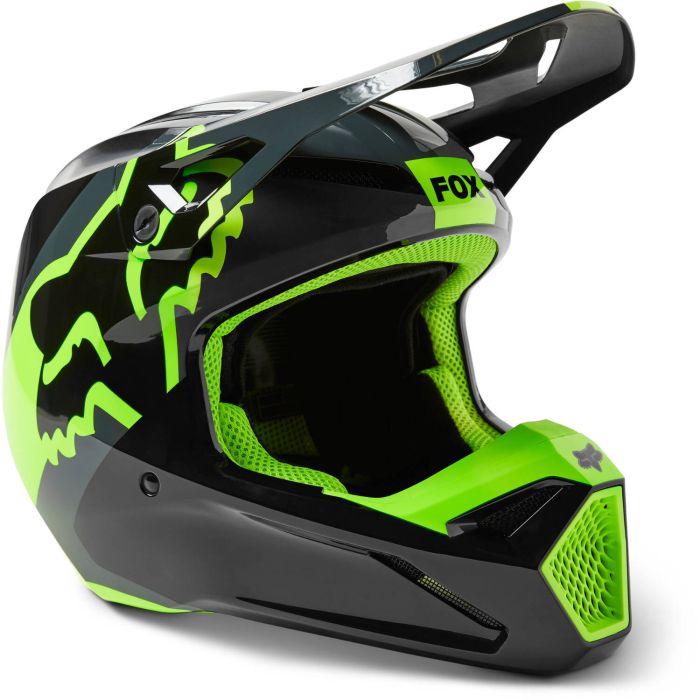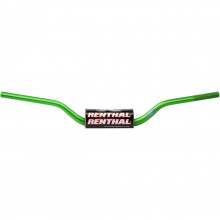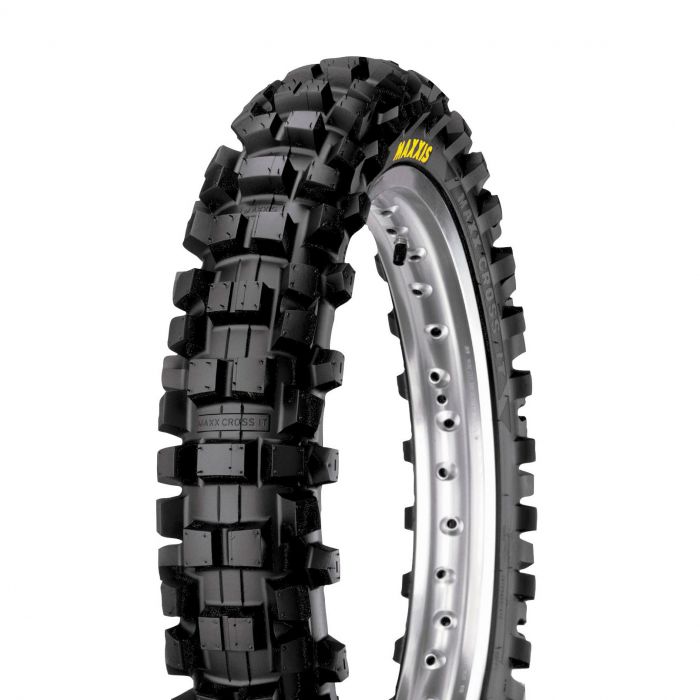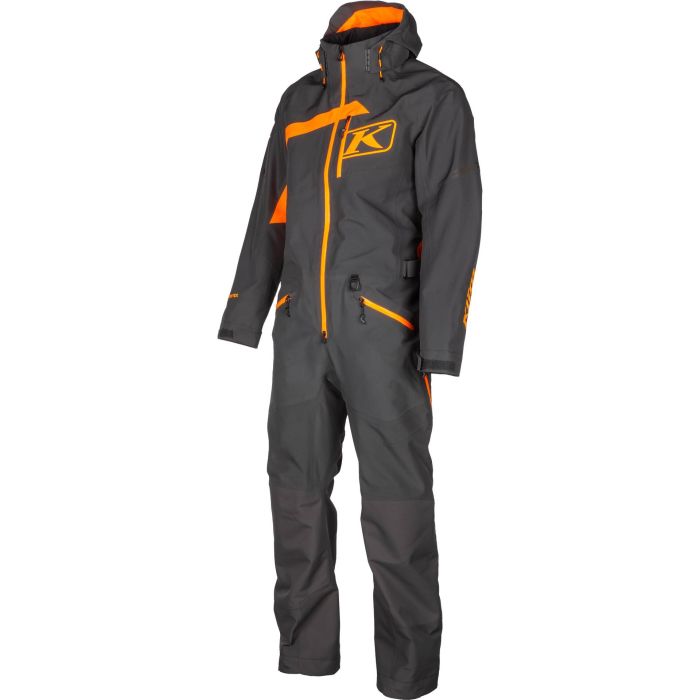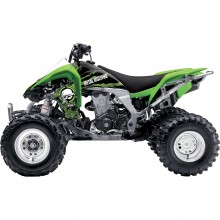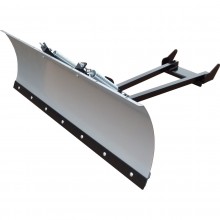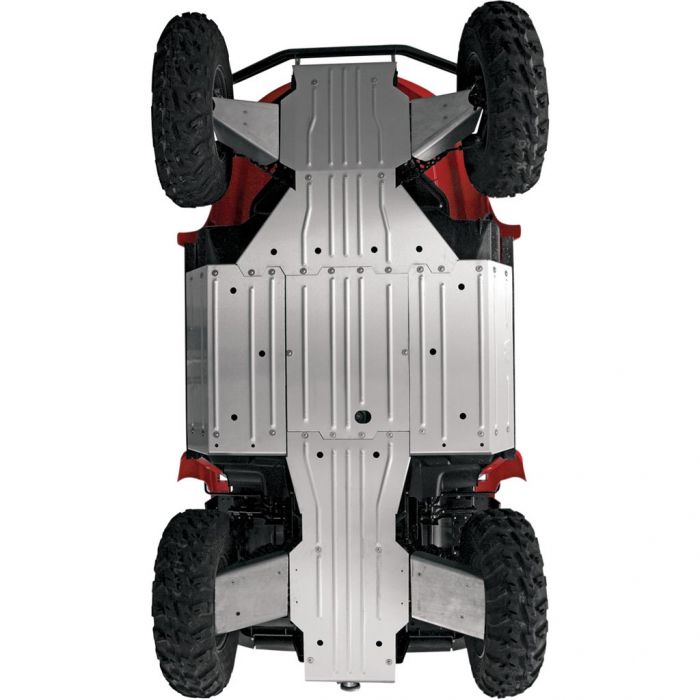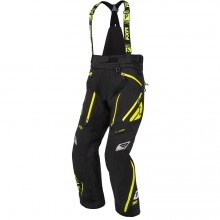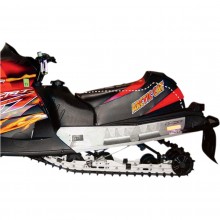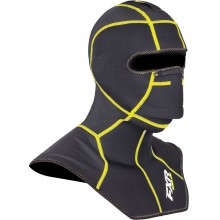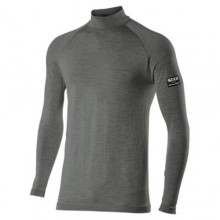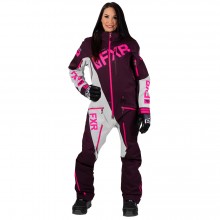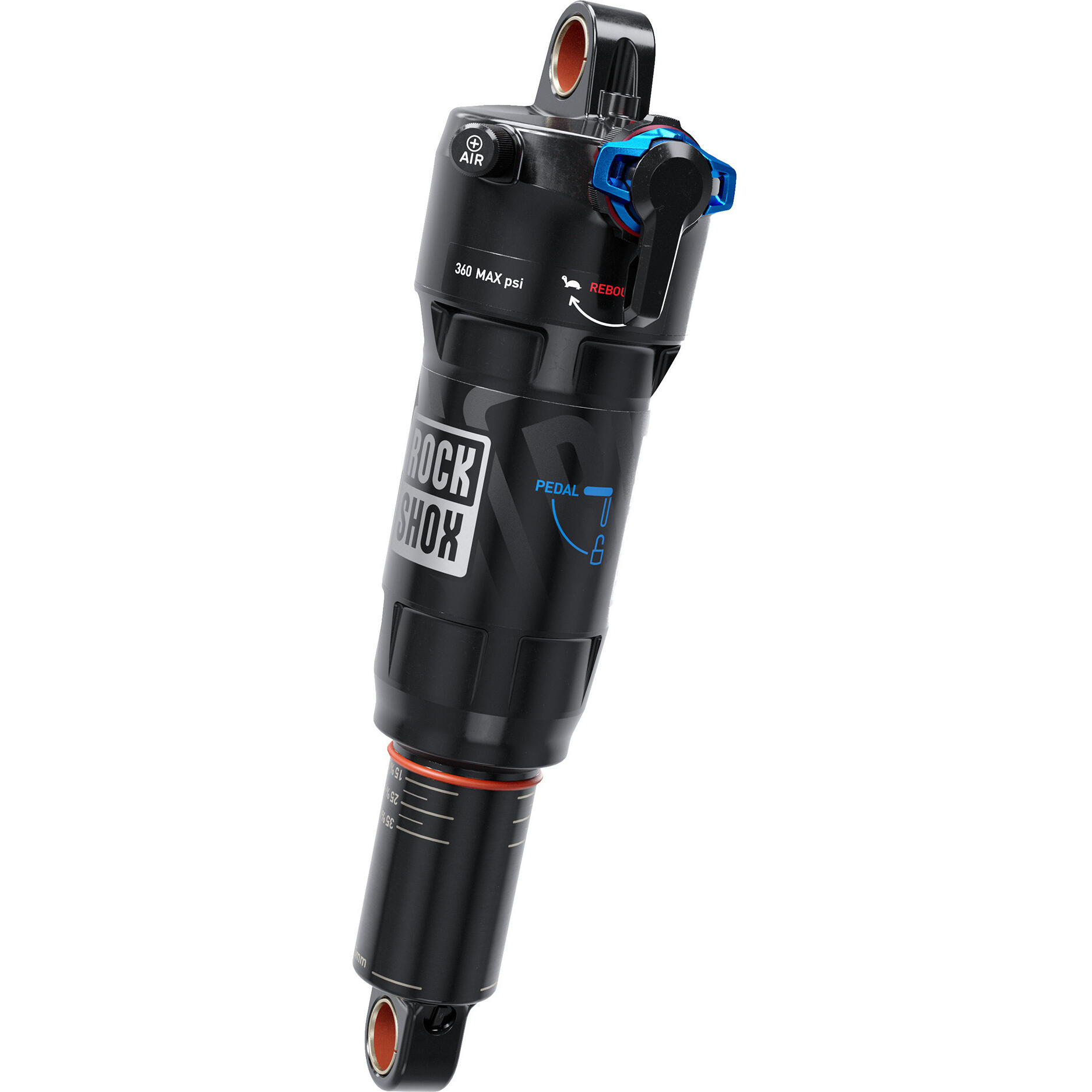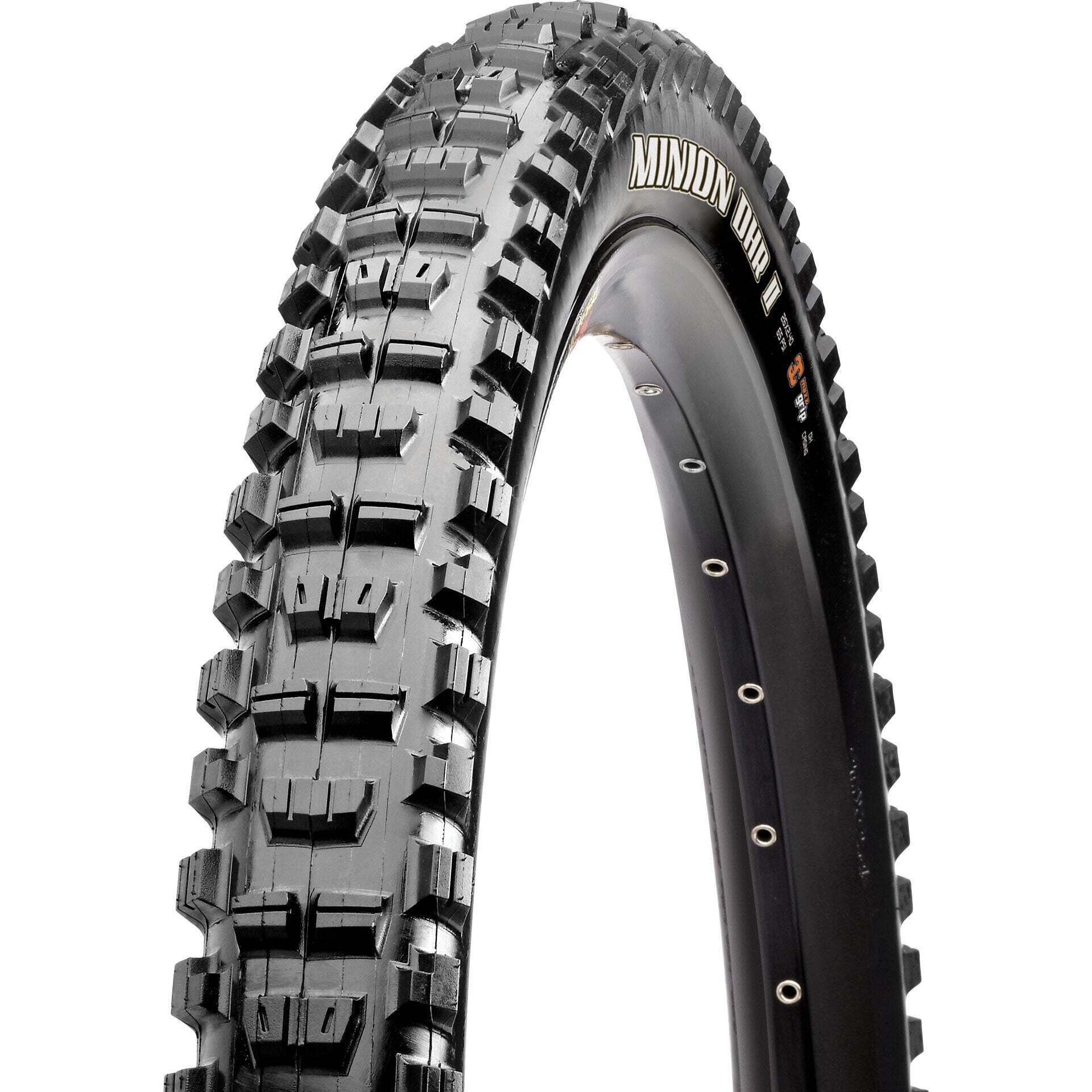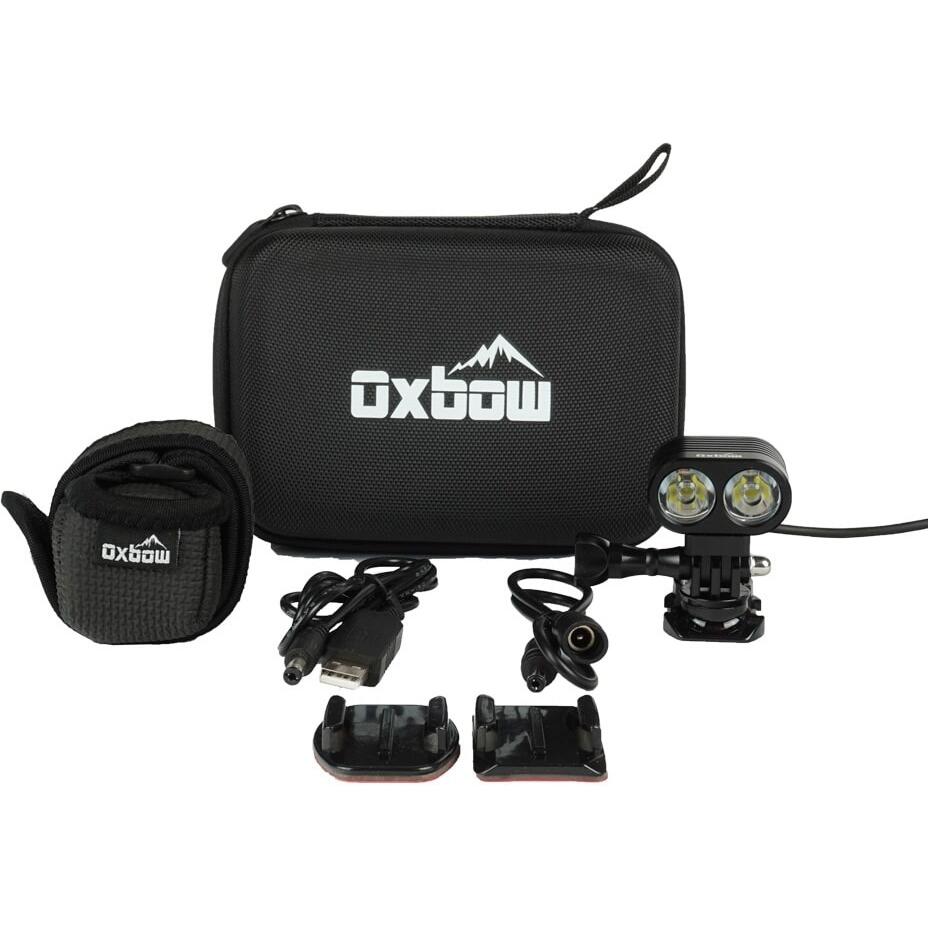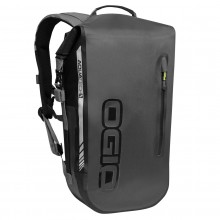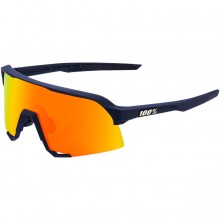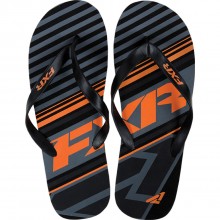Full exhaust systems will almost always require an air-fuel adjustment. Conversely, slip-on exhausts usually do not need one.
With that said, I recommend that everyone tune their air-fuel mixture after an exhaust modification. Even if it isn't mandatory, a jet kit or fuel controller will always be beneficial.
That’s because an aftermarket exhaust helps your engine to “breathe” better. This flows more air through the cylinders, which increases the power of combustion. Of course, we should increase the fuel input as well . Otherwise, all that extra air will only make your motorcycle run lean.
Step 1: Increase Air Inflow
To get the most out of an exhaust system, you may need to increase the air inflow to match the new outflow. Some people will “drill out” the air box. This is exactly what it sounds like – you grab a power drill and make a bunch of holes. It’s a bit crude, but it does work. Turning your air box into Swiss cheese will indeed increase the rate of inflow.
Of course, dirt and water will find it pretty easy to get in there too. If the air box on your motorcycle is quite exposed, I’d opt for a high-flow air filter instead. That’s probably the safer way to ramp up engine inhalation.
Step 2: Increase Fuel Input
Now that our motorcycle is sucking air like a Bissell, we need to increase our fuel intake to match. On carbureted bikes , this is accomplished with a jet kit. Jets come in various stages, and deciding which one you need takes a bit of guesswork. Normally , a stock bike with an aftermarket exhaust will take a Stage 1 jet (~5% power increase). A stock bike with an aftermarket exhaust and a high-flow air intake will take a Stage 2 jet (~8% power increase). A mildly tuned bike with an aftermarket exhaust and a very high-flow air intake (as with individual air filters on each carburetor) will take a Stage 3 jet (~10-15% power increase).
Of course, those are over-simplistic rules. For example, elevation above sea level can skew the jetting guidelines pretty quick. To get around this problem, you could buy a jet kit that comes with all three stages. Then, install your best guess and see how the bike runs. If it’s overly rich or lean, adjust accordingly.
The other option is to have a professional install the jet kit. Clever mechanics – with fancy machines – tend to get it right on the first try.
For fuel-injected bikes , adjusting the air-fuel mixture is much more computerized. You grab a fuel controller, attach it to your bike’s ECU, and tell it which fuel map you want to run.
When buying a fuel controller, it’s often worth spending a little extra money. That’s because premium controllers come with built-in features like adjustable traction control and integrated quick shifters.
On some fuel controllers, the manufacturer will pre-program fuel maps for various makes and models. These normally work for a large number of bikes, and are therefore imprecise.
For other controllers, custom fuel maps can be downloaded from the internet. But as we all know, any halfwit can throw his engine-destroying map online. So you should be very careful about where you download engine maps from. Personally, I would stick to those on the OEM websites of your fuel controller or exhaust system.
Not only are there heinously awful maps online. There are also excellent maps that would be heinously awful for your bike. Since every motorcycle is different, one bike’s optimal fuel map might be total crap for another. The trick is to find a map that was made for a very similar bike to yours. As in, same make, model, year and – as near as possible – the same aftermarket exhaust and air filter.
Obviously, finding an exact match can be tricky. There are two ways you can save yourself the headache. First – you could find the map before you buy the fuel controller and exhaust system. Go to various manufacturer websites and scroll through the available maps for your bike. If one of them details an exhaust setup that appeals to you, then you can go ahead and buy that particular exhaust system and fuel controller. Congratulations - you made the purchase with a relevant fuel map already in hand!
The second option is more foolproof and more expensive. Here, you buy whichever exhaust system, fuel controller and air filter that you please. Then you arrange for your motorcycle to do a dyno run. The technician will create a custom map for your particular setup, which will be very finely tuned.
Technicians charge by the hour, and it’s common to pay around $500 for a good tune. If you’re looking to save some coin on this method, ask the tuner which fuel controller he or she prefers before you buy one . Many dyno technicians can work faster with particular types of fuel controllers, which will save you money.








